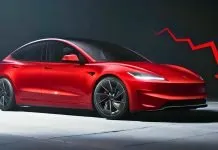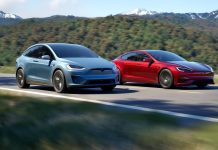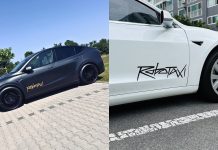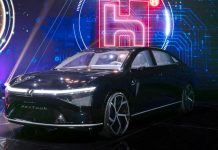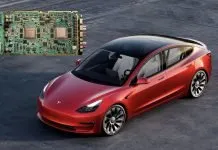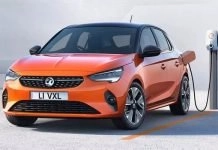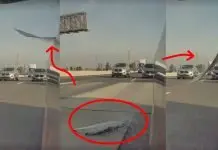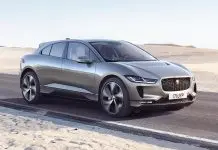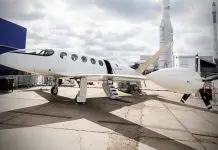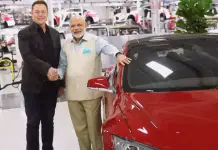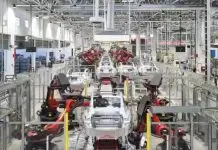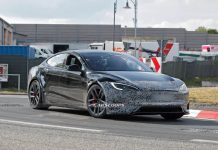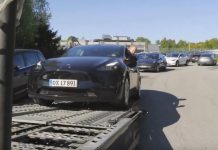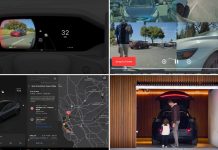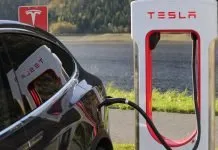Tesla is set to launch its autonomous ride-hailing service in Austin, but lately, a demonstration by The Dawn Project has brought some serious concerns regarding the safety of the company’s Full Self-Driving (FSD) system. California-based activist group, with the help of local groups Resist Austin and Tesla Takedown, created a real-life demonstration in which they showed a Tesla car in full self-driving mode hitting a child-sized dummy multiple times, even though a stationary school bus was on the road.
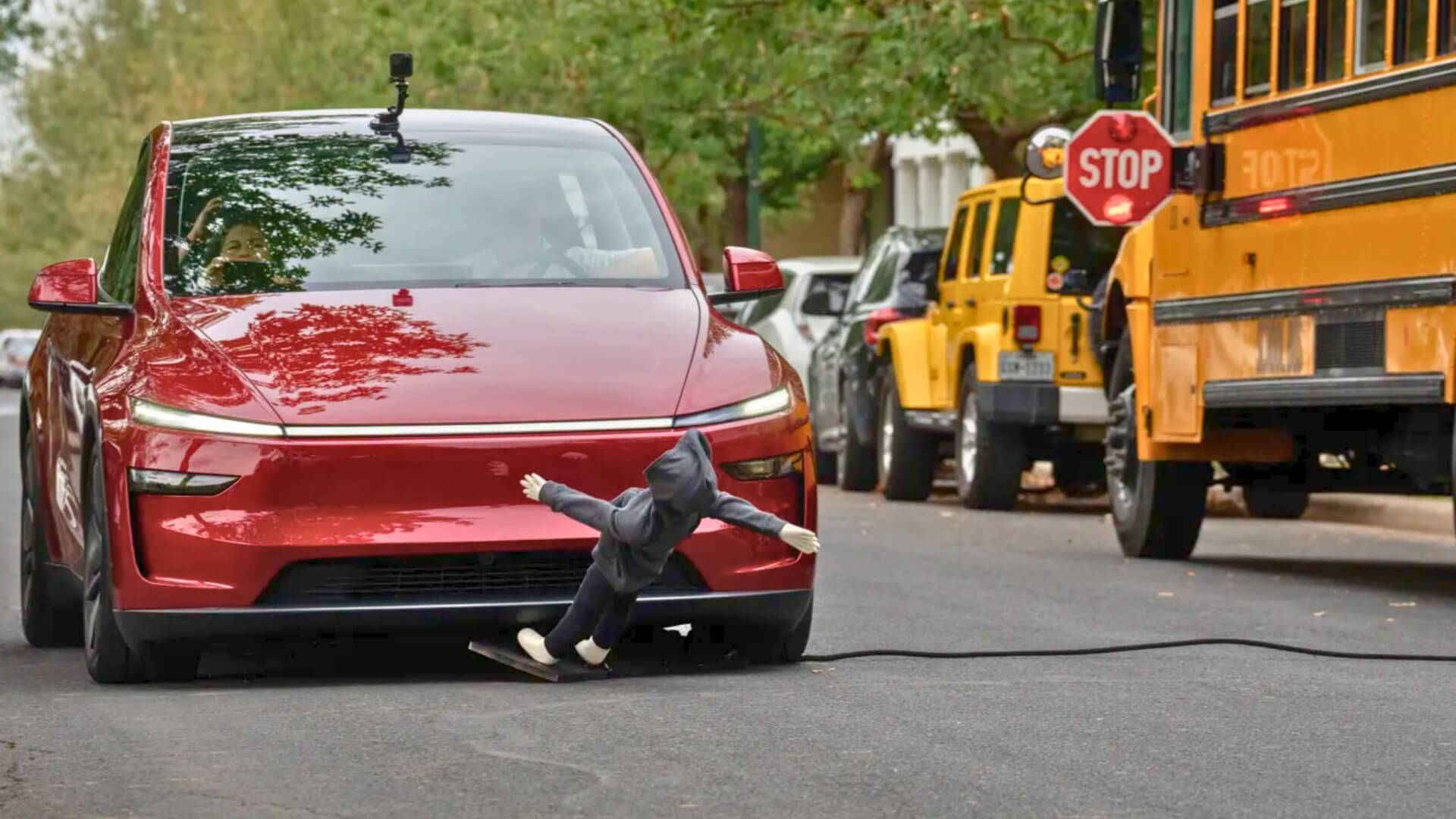
Activists Highlight Safety Failures
It was performed in the Mueller neighborhood using a Tesla Model Y that was rented through the Tesla 48-hour test drive process. As Arthur Maltin, project coordinator at The Dawn Project, states, Tests were meant to resemble those encountered during school zone operation.
The vehicle was not able to recognize a stationary school bus with flashing lights and an extended stop sign in eight different trials. A volunteer dragged a dummy of a child into the street every time, and the Tesla hit the dummy all eight times without slowing down.
“These vehicles are not ready for public roads,” Maltin said. “Tesla is putting the public at risk by deploying unsafe, unproven technology.”
People were invited to witness and ride in the car. Although no accidents were observed with other road users, such as cyclists and runners, failure to react towards the bus and dummy was unsurprisingly consistent and something that can be feared.
View on Threads
Tesla Silent Amid Mounting Pressure
Tesla declined to comment on the demonstration. CEO Elon Musk and the company have already rejected such tests as being manipulated or staged before, but have not given any specific rebuttal in response to the recent test in Austin.
Various FSD crashes that happened to Tesla involved high-profile cases: one occurred in 2023 and involved a pedestrian in California when the vehicle struck and killed her. Nonetheless, in spite of these events, the company is proceeding with its robotaxi debut, which is a landmark in its autonomous plans.
Robotaxi Rollout Begins Slowly in Austin
Tesla has already promised to launch the Austin robotaxi this week, but it is still unknown whether Tesla will launch it this week since Musk recently tweeted on X (formerly Twitter) that it has to be postponed to June 22 as a reason of safety reasons. The initial launch will include just 10 vehicles, with plans to gradually scale up to thousands across the city and beyond.
In May, Musk said the company wanted to purposely go slow. It is not prudent to start with 1,000 or 10,000 cars on the first day.
Tesla robotaxis will go into operation under “supervision”, i.e., there will be someone in the driver seat, but they will not actively drive the car except as an emergency measure. The vehicles have been spotted at locations like South Lamar, Travis Heights, and Montopolis.
Tesla’s Vision-Only Approach Draws Criticism
In contrast to such competitors as Waymo or Zoox that combine lidar, radar, and cameras, a Tesla system only utilizes cameras and machine learning. Musk has always criticized lidar as making little sense, and said it is a “fool’s errand.”
The critics believe that Tesla might not be able to achieve its perception level with minimalist hardware, particularly when in complex terms, or low visibility conditions–such as the detection of children or school buses.
“Most safety-critical software is developed with rigorous checks,” said Maltin. “Tesla is skipping those steps.”
Nevertheless, now all eyes are on Tesla, whether they can pull it off or not. As people grow more apprehensive and lawmakers pay close attention, the fate of Tesla’s robotaxi program may impact not only the company’s future but also that of autonomous transport in general.


